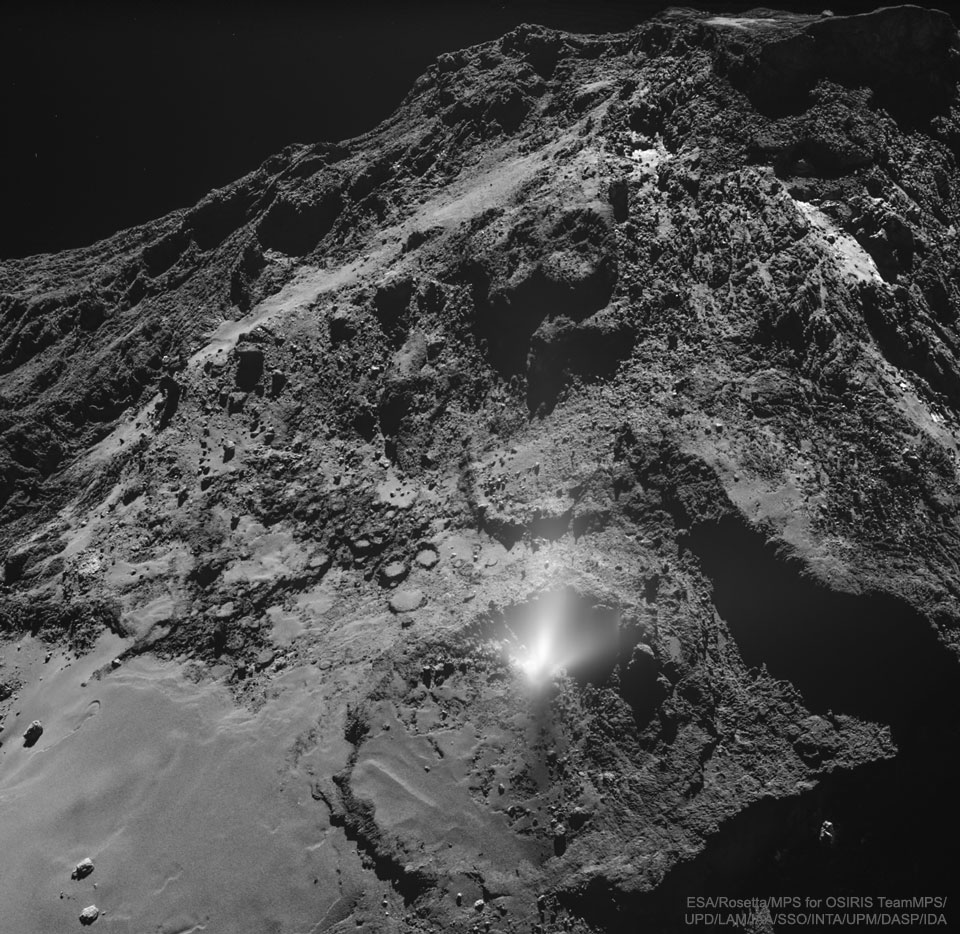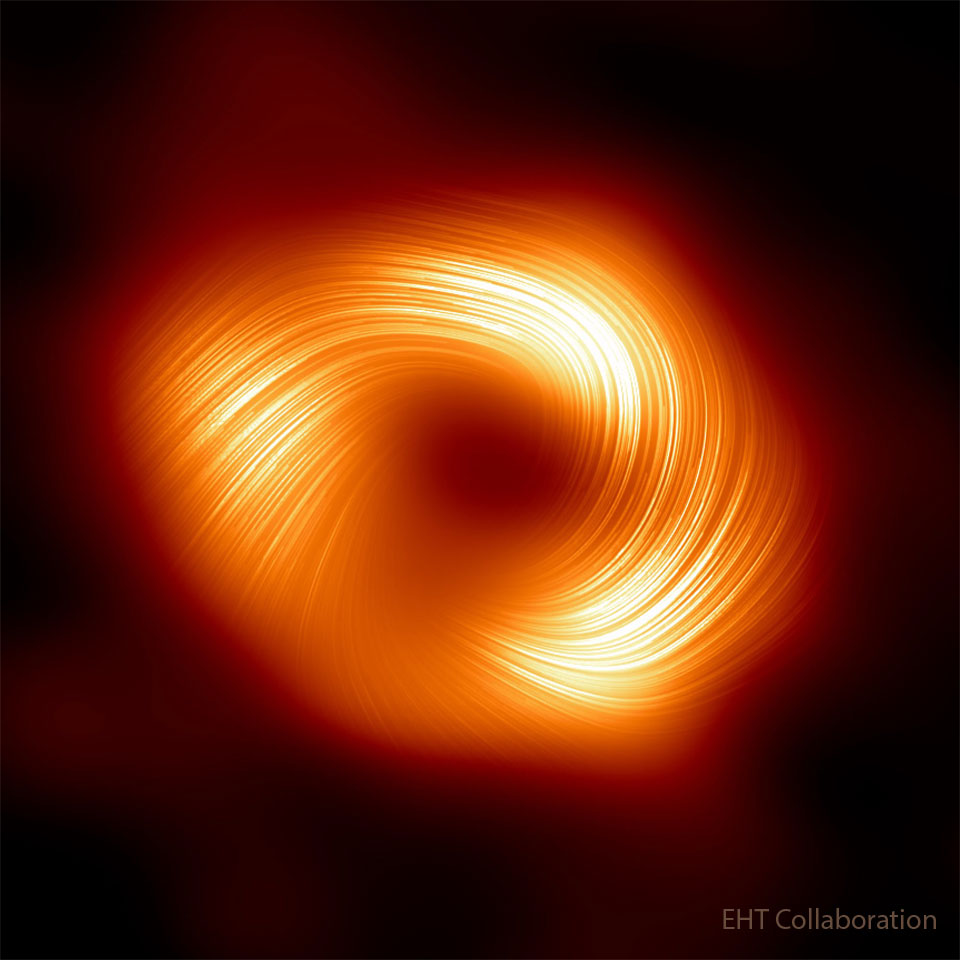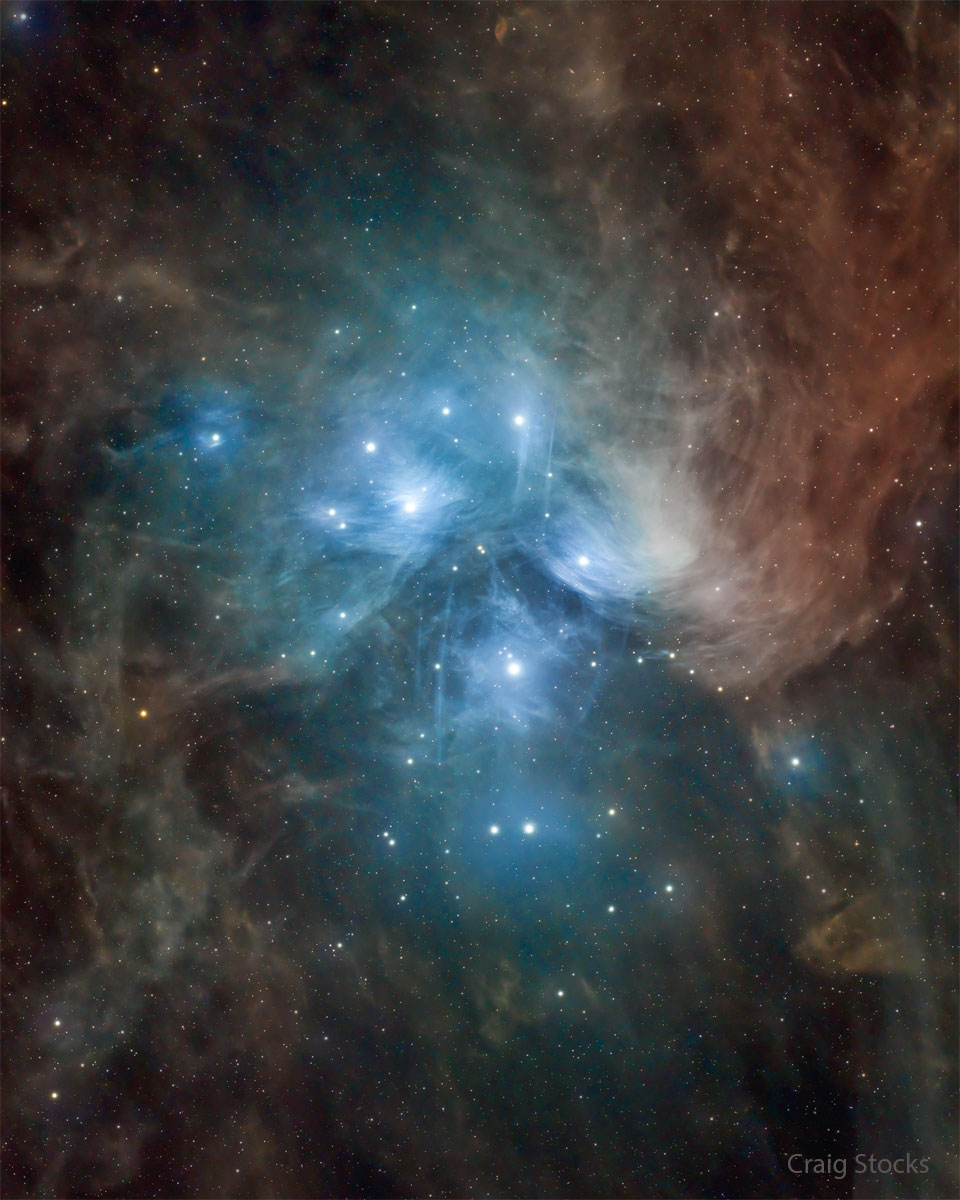
2023年11月26日:源自彗星67P表面的尘埃喷流-(A Dust Jet from the Surface of Comet 67P)--原图下载
Image Credit: ESA, Rosetta, MPS, OSIRIS;UPD/LAM/IAA/SSO/INTA/UPM/DASP/IDA
说明: 彗星的彗尾来自何处呢?在彗星的彗核上,好像没有会发出喷流形成彗尾的特定位置。不过,在2016年欧洲航天局的罗塞塔号太空船,不但拍摄到一道源自彗星67P/丘泽的喷流,而且还直接穿过它。这幅说服力十足的主题影像,呈现了一道明亮的羽状烟尘,从紧贴着一座10米高墙的圆形凹地喷出。分析罗塞塔号的数据证实,这道喷流的组成是尘埃和水冰。这片崎岖不过很单调的原野显示,产生喷流的源头可能远在多孔的表面之下。这幅影像拍摄的时间点,大约在罗塞塔号进行受控撞击彗星67P表面终结任务的前二个月。
原文:
Image Credit: ESA, Rosetta, MPS, OSIRIS;UPD/LAM/IAA/SSO/INTA/UPM/DASP/IDA
Explanation: Where do comet tails come from? There are no obvious places on the nuclei of comets from which the jets that create comet tails emanate. In 2016, though, ESA's Rosetta spacecraft not only imaged a jet emerging from Comet 67P/Churyumov-Gerasimenko, but flew right through it. Featured is a telling picture showing a bright plume emerging from a small circular dip bounded on one side by a 10-meter high wall. Analyses of Rosetta data show that the jet was composed of both dust and water-ice.The rugged but otherwise unremarkable terrain indicates that something likely happened far under the porous surface to create the plume. This image was taken about two months before Rosetta's mission ended with a controlled impact onto Comet 67P's surface.






评论